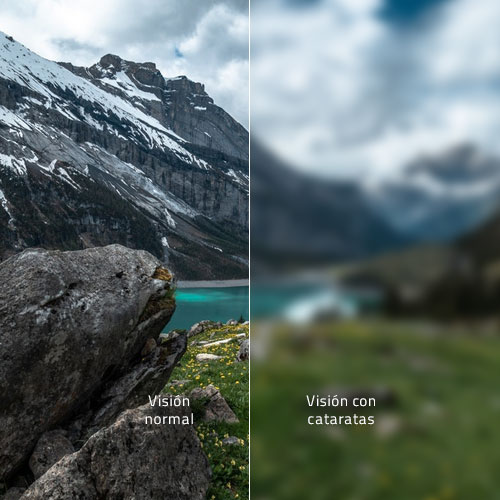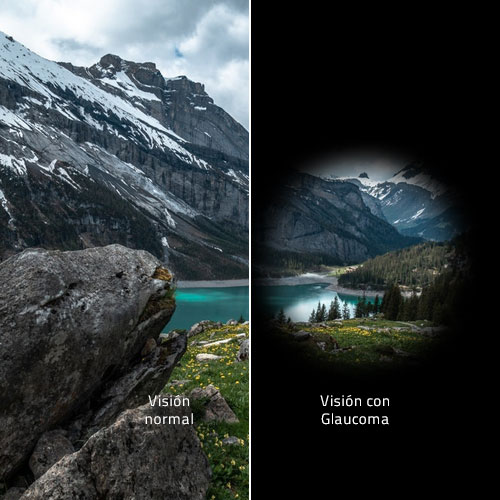
Eye Disease Cataract
The cataract takes place when a lens that we have inside our eye, which is called crystalline lens, becomes opaque. It is an ordinary fact that in all human beings a progressive opacification happens, as a result of the passing of time. The patients start to blur, as if they were looking through a steamy window. They are dazzled by night lights or they are dazzled when driving at a dark tunnel. They also start to need more light to be able to read, and they become tired when reading. They even see double and see the colours completely altered. The surgery consists in substituting the opaque crystalline lens by a high-technology intraocular lens which allows the patients to recover the visual acuity.



